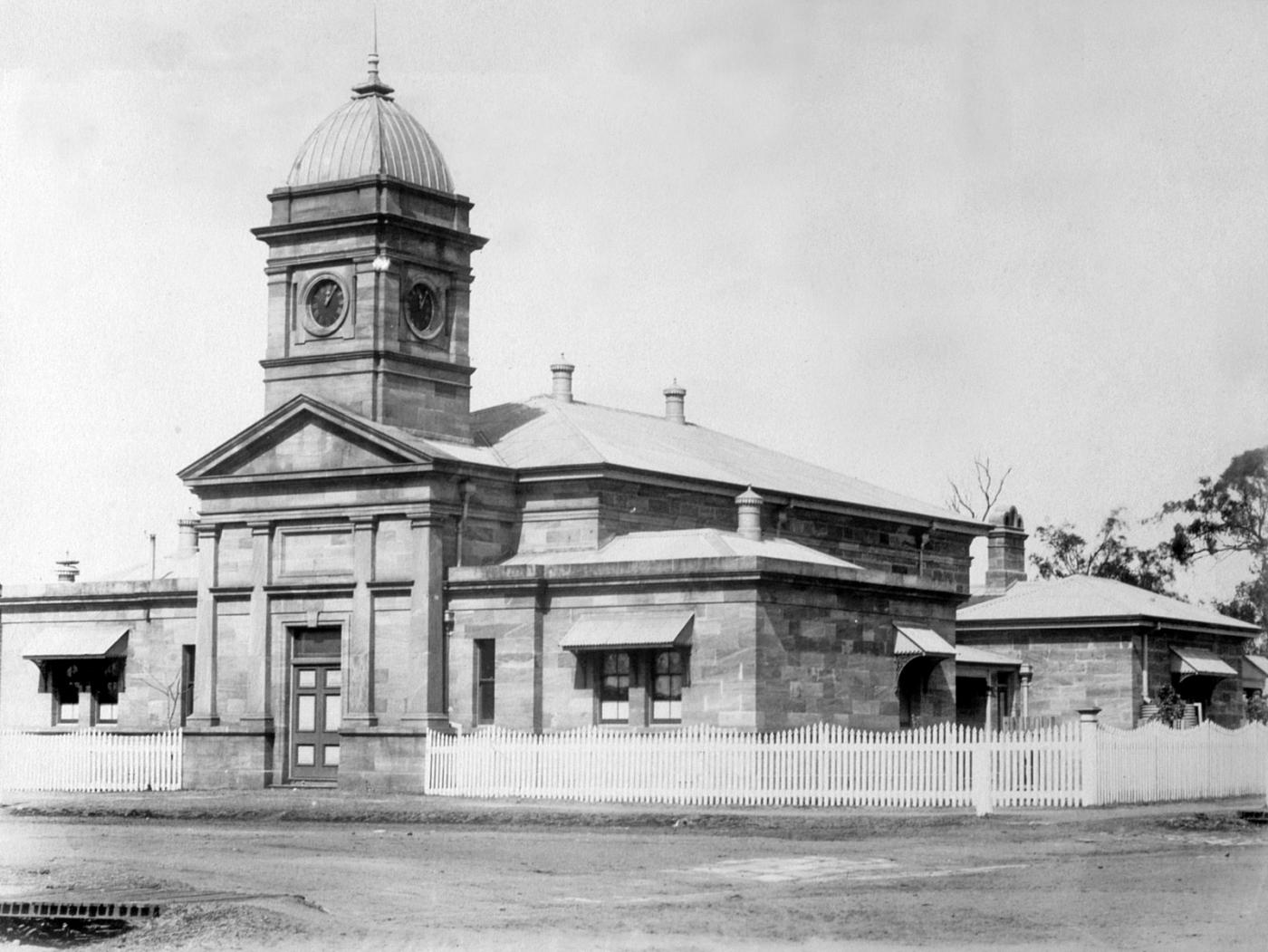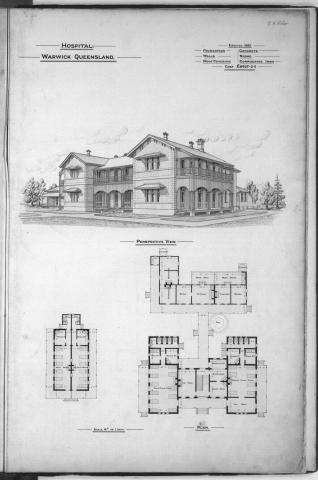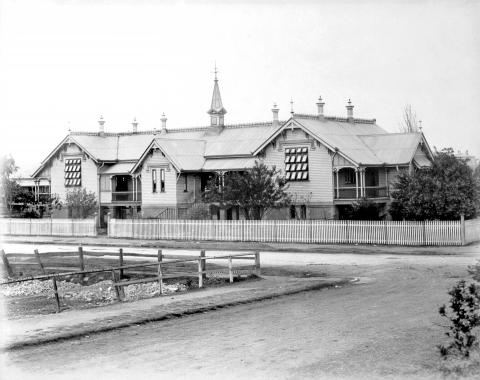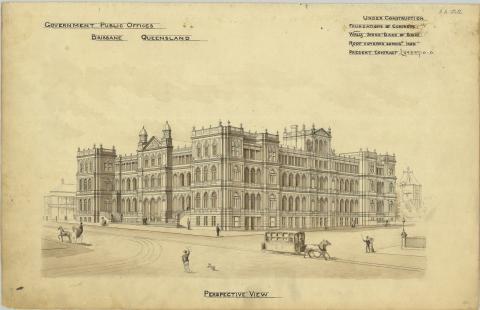
- News of the day
-
The Brisbane Courier, Wednesday 16 Oct 1895
Murderous Outrage at Warwick
An Indian hawker named Fuzzledean "ran amok" here to-day at 11.30 a.m., at a house occupied by his wife and two other Indians. He watched the house till all were inside and then caught them unawares. He shot one named Kummol through the abdomen, and the wounded man died shortly afterwards while on the way to the hospital. The second Indian, Meer Ameed, grappled with the murderer, and he was also shot at, the bullet tearing his trousers. Fuzzledean then walked to the court-house to give himself up.
Sergeant M'Namara, who was in town from Killarney, met him but was ordered to keep a civil distance, or he would also be shot. The Indian threatened another man, and clicked a revolver twice on the man's chest, but it would not go off. Further down the street the Indian was ordered to lay down his revolver, but he then turned and fired twice at Sergeant O'Loan who returned one shot, and Constable Cantrell also fired once. These four shots, however, took no effect. The Indian was then grappled from behind by Sergeant M'Namara, who was shot through the foot, and after a hard scuffle the prisoner was lodged in lockup. Fuzzledean will be charged tomorrow with murder. Jealousy is stated to be the cause of the crime.
- Background
-
The Albion Street site was prone to flooding from the Condamine River, and by the mid 1880s plans had been prepared for a new Court House on an allotment purchased from Frederick Hudson, at the southeast corner of Fitzroy and Guy Streets.
The design for the Court House was prepared by the Department of Works, John James Clark being Queensland Colonial Architect at the time. The contract price for the building was just over £3700. The contractor for the building was William G Conley, and John McCullough completed the stonework on the building.
The decision to incorporate a clock tower at the front of the building was made during construction, and the clock was supplied by Messrs Flavelle Brothers and Roberts. A public clock appears to have been long sought after by Warwick citizens
/152.0308492,-28.2138735,7/450x450@2x.png?access_token=pk.eyJ1IjoicXNhLWRpc2NvLXFsZCIsImEiOiJjamJmdTgyZXEyeWNjMnlxZm8xcmtieHgxIn0.lmT9J5tTPKGuuccQgCVSAg)



